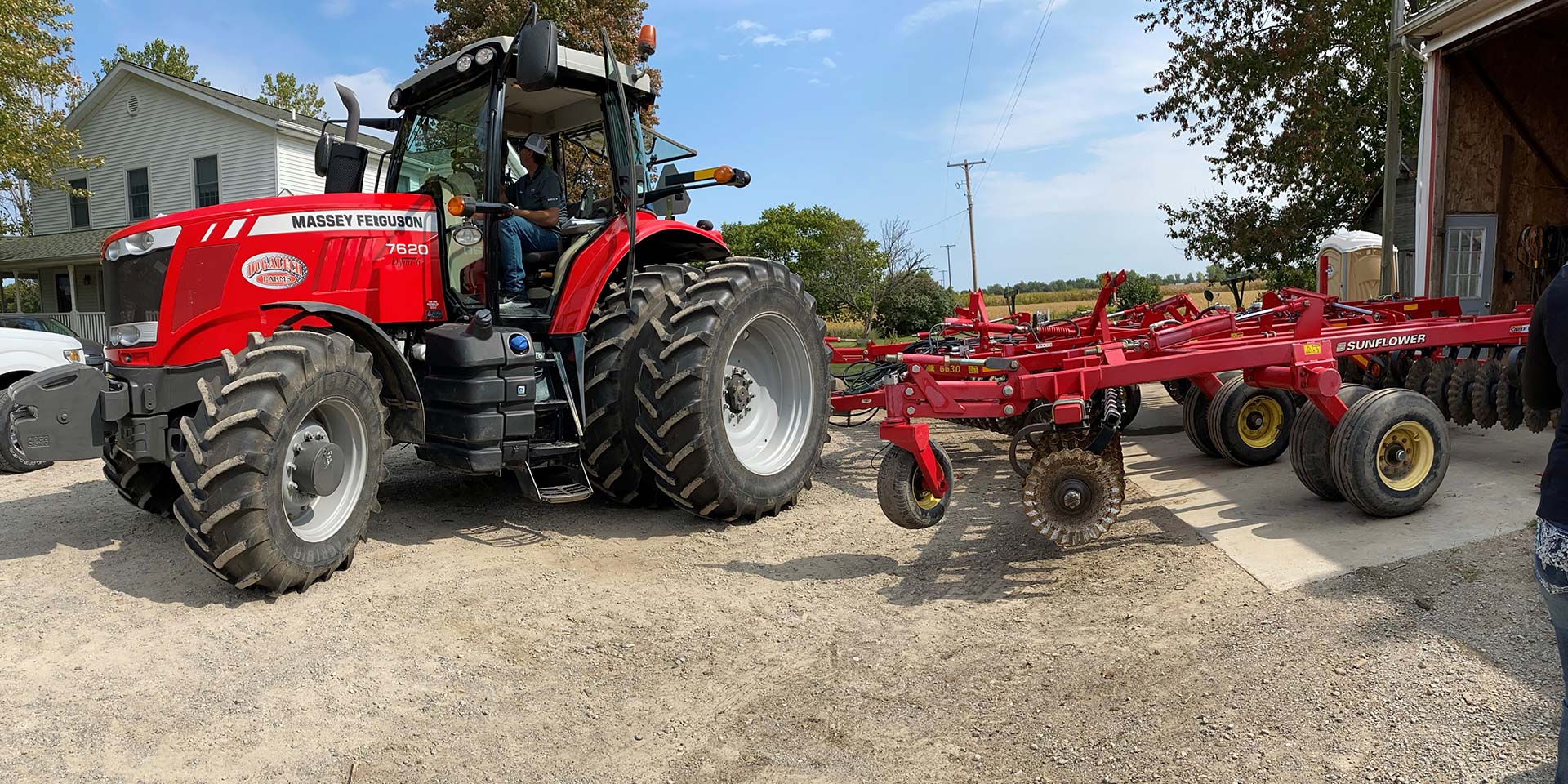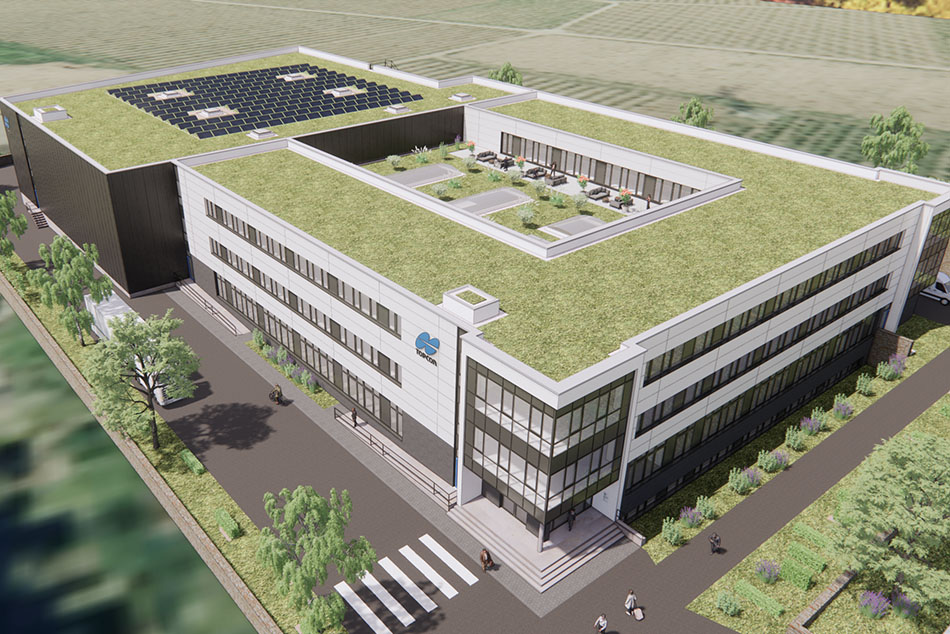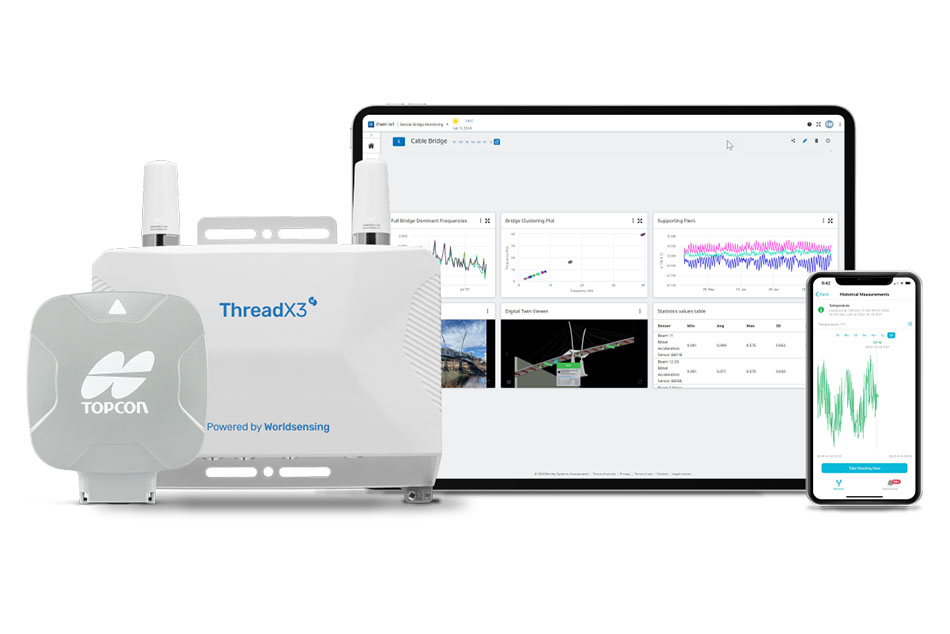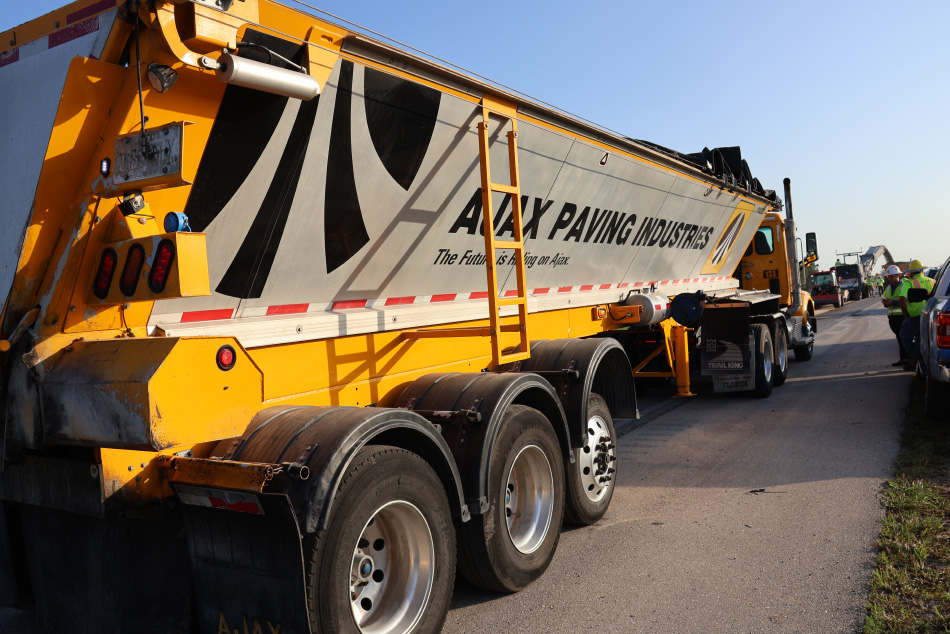Emerging tillage technology is proving to be a strategic step toward more consistent crop emergence, better seedbed preparation and increased equipment efficiency
When correlating the value of tillage depth control technology with more consistent crop emergence, growth and yield, a shallow understanding can limit on-farm production and profitability.
The ability to precisely and actively reduce variability in the field every time a tillage tool penetrates the soil surface is emerging as a key component to a comprehensive planting strategy, especially in cropping systems and geographic regions where seasonal tillage is a necessity to raising a profitable crop.
Depth Perception
The impact that proper seedbed preparation and consistent planting depth can have on crop growth and yield is well documented.
A recent 4-year study conducted by Oklahoma State University and the Oklahoma Panhandle Research and Extension Center (OPREC), (Optimum Planting Depth for Uniform Germination and Emergence of Corn, Sharma, 2019) analyzed the rooting depth and yield impact of planting strip-tilled corn at 1½- and 2-½-inch depths.
From 2015-18, corn was planted at 32,000 populations during the second week of May each year with uniform nutrient and irrigation management. The results revealed, on average, more than an 8-bushel-per-acre yield increase for corn planted at 2½ inches. While germination was about 85% for both planting depths, those seeded at 1½ inches were more prone to stunting and poor root development, according to the study.















